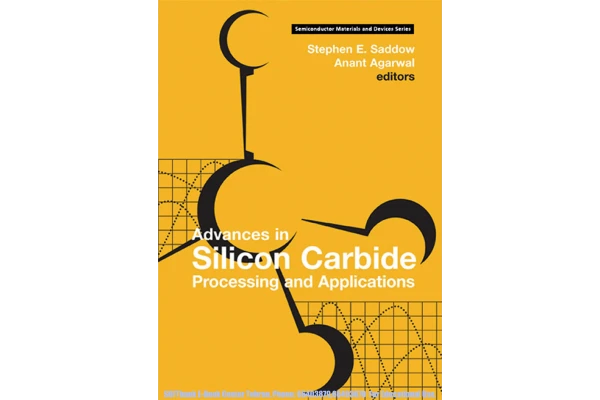
Recently there have been numerous books written on SiC, which is a testament to
the importance of this technology and its potential impact on society. A majority of
these books attempt to comprehensively cover a specific aspect of the technology
and do this by a set of in-depth chapters on a particular research topic, concept, or
result. While this is an excellent means to convey important aspects of the technology, the intent of Advances in Silicon Carbide Processing and Applications is to be
less expansive and focus in on two of the most promising applications of SiC technology: gas and chemical sensing and electric vehicle motor drive and control. Having made this decision, we realized that the underlying device and processing issues
that enable these application areas to be served by SiC technology should also be
addressed. Hence a major portion of the book involves aspects of SiC technology in
this key area, again with the intent (and hope) that the reader will be able to gain a
broad and deep insight into the pacing issues of the technology as of this date. While
there is no way to predict the wisdom of this strategy a priori, we have nonetheless
tried to put ourselves into the shoes of potential readers of this book and carefully
selected chapter topics that would best support this strategy.
We hope that all who read this book will benefit from the somewhat different
approach we have taken. We begin with an overview of SiC as of 2003, with an
attempt to provide some predictions as to the market for the technology. We then
immediately jump into the application chapters, first on gas sensors, which is clearly
an area where SiC can gain a significant market share compared with traditional Si
technology, followed by advances in electric motor drive where, again, SiC clearly
has an advantage over Si due to its robust material properties. We then step back
and discuss the all-important area of SiC ion implantation technology—this is key
since the properties of the SiC lattice precludes the use of thermal diffusion to
achieve planar selective doping over the surface of single-crystal wafers. After discussing this topic, we then finish up with a discussion of recent advances in both SiC
MOS and bipolar technology, both of which directly impact the sensor and motor
drive applications. Attention was made to provide a large number references in the
recognition that no single book can be fully exhaustive of such a broad subject such
as SiC.
دیدگاه خود را ثبت کنید